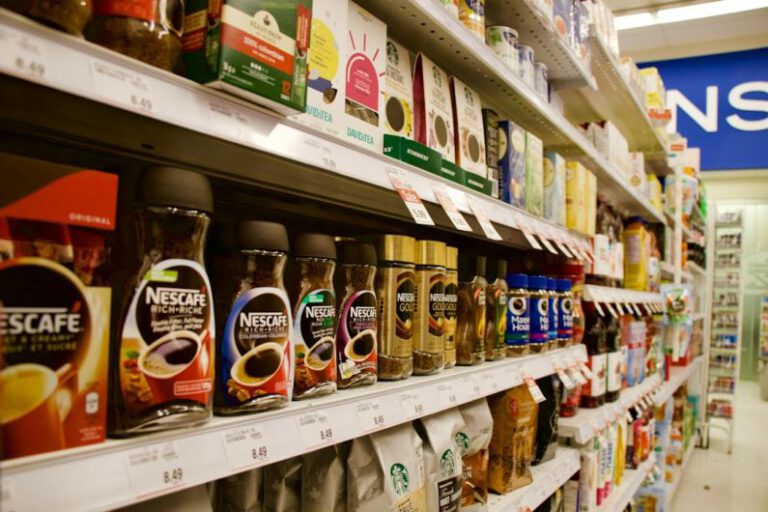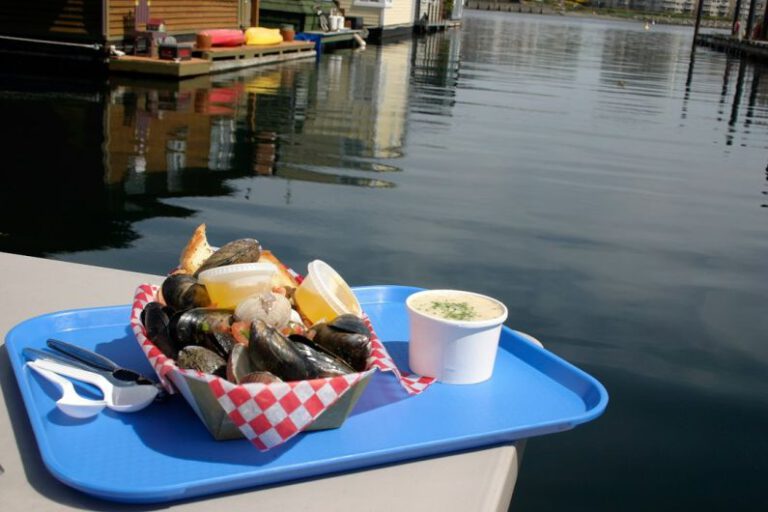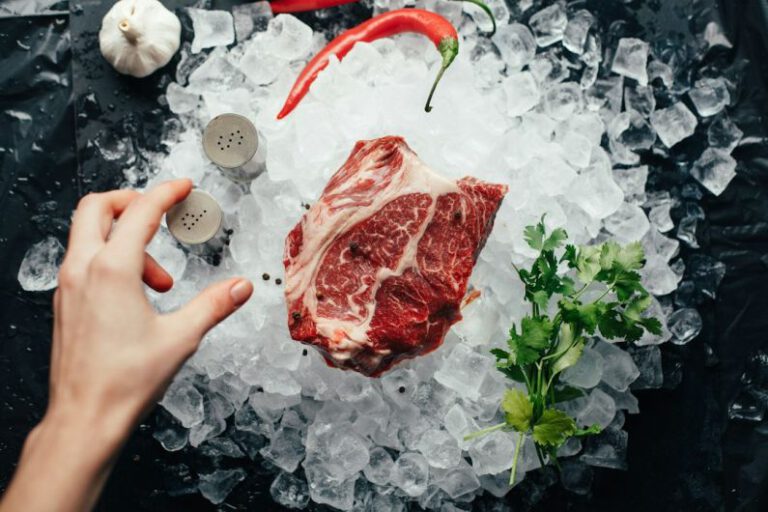Storing Wine at Home Without a Cellar
Wine lovers can face a common dilemma: how to store their precious bottles at home without the luxury of a cellar. While cellars are ideal for maintaining the perfect conditions for aging wine, not everyone has the space or resources to dedicate to such a storage area. However, fear not! There are several alternative methods to ensure your wine remains in optimal condition, even without a cellar. In this article, we will explore some practical and creative solutions for storing wine at home.
1. Choose a Cool and Dark Space
When it comes to storing wine, the environment plays a crucial role. Ideally, wine should be kept in a cool and dark place away from direct sunlight and fluctuations in temperature. Look for a spot in your home that meets these criteria, such as a closet, pantry, or even under the stairs. Avoid areas near appliances that generate heat, like the refrigerator or oven.
2. Invest in a Wine Refrigerator
A wine refrigerator, also known as a wine cooler, is a great investment for wine enthusiasts without a cellar. These appliances are specifically designed to control temperature and humidity levels, ensuring optimal storage conditions for your wine. Choose a model with adjustable shelves and temperature settings, allowing you to store both red and white wines at their respective ideal temperatures.
3. Utilize Wine Racks
Wine racks are an excellent storage solution for those lacking a cellar. They not only provide a designated space for your bottles but also allow for easy organization and accessibility. Wine racks come in various sizes and styles, from wall-mounted to freestanding options. Consider investing in a rack that fits your available space and aesthetic preferences.
4. Lay Bottles Horizontally
Storing wine bottles horizontally is essential for preventing the corks from drying out. When the cork dries out, it can lead to oxidation and spoilage of the wine. Lay your bottles flat on their sides to keep the corks moist and ensure the longevity of your wine collection.
5. Control Humidity Levels
Humidity is another critical factor in wine storage. The ideal humidity range for wine is between 50% and 70%. If your storage space is too dry, consider using a humidifier or placing a bowl of water nearby to increase humidity levels. On the other hand, if the humidity is too high, you can use moisture-absorbing products like silica gel packets to maintain the proper balance.
6. Avoid Vibrations
Constant vibrations can disturb the sediments in the wine and negatively impact its flavor. Keep your wine away from appliances or areas with excessive vibrations, such as laundry rooms or near loud speakers. Opt for a stable and sturdy location to ensure your wine remains undisturbed.
7. Monitor and Rotate
Regularly monitor your wine collection to ensure there are no signs of spoilage or damage. Inspect the bottles for any leakage or discoloration, as these can indicate potential issues. Additionally, rotate your bottles periodically to prevent sediment from settling and to evenly distribute the aging process.
In conclusion, although having a cellar is ideal for wine storage, it is not the only option available. By following these tips, wine enthusiasts can create suitable conditions for storing their bottles at home without a cellar. Remember to choose a cool and dark space, invest in a wine refrigerator or racks, lay bottles horizontally, control humidity levels, avoid vibrations, and regularly monitor and rotate your collection. With these practical solutions, you can enjoy your wines at their best, even without a traditional cellar.






